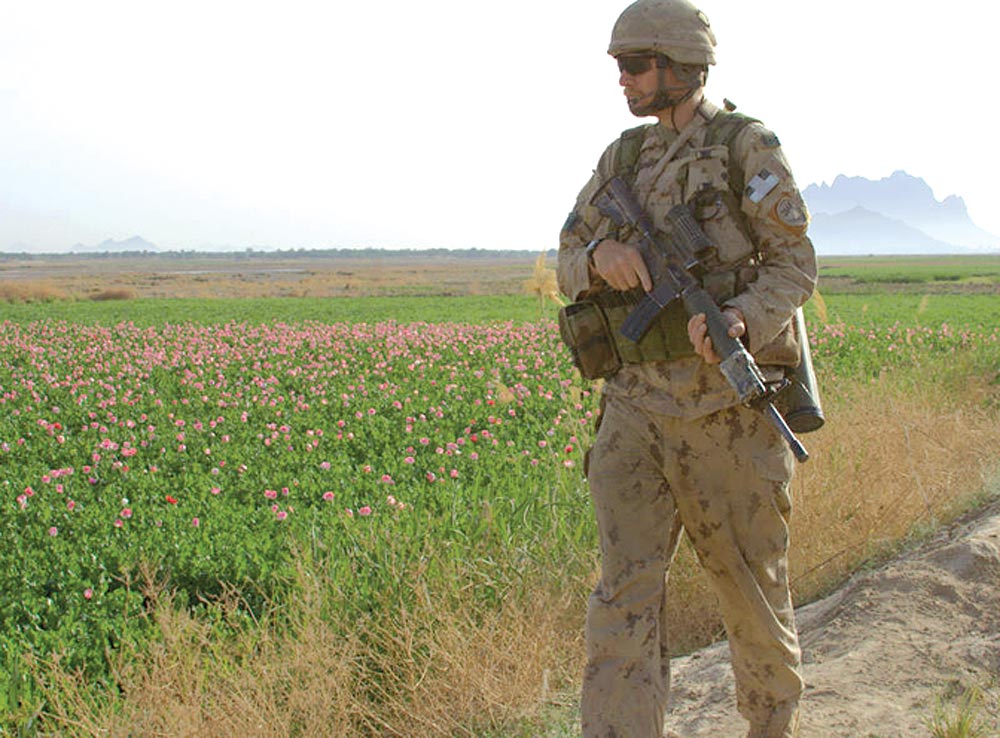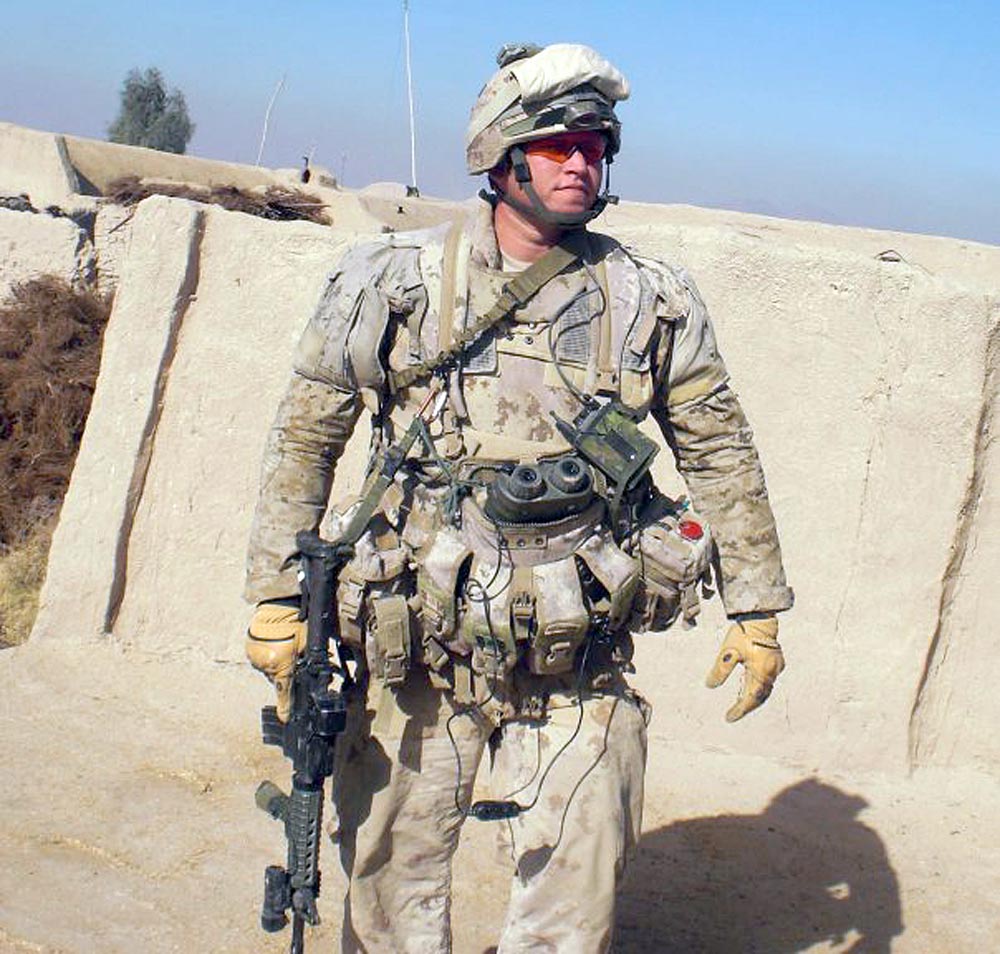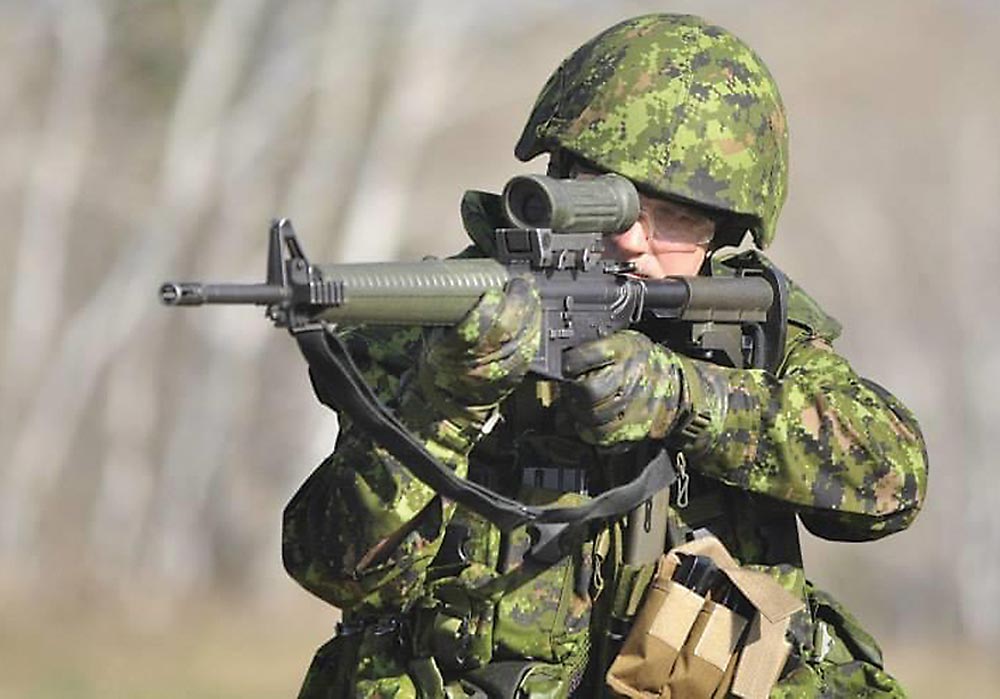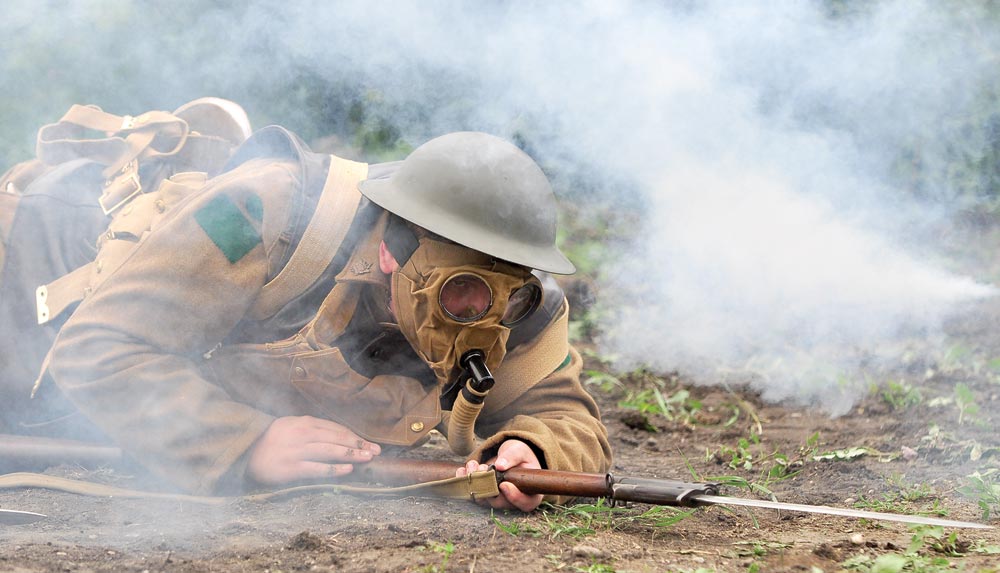
2PPCLI soldiers training in the RTA are wearing various ballistic protections depending on what they are doing. The equipment worn by today’s CA soldier is a contrast to what their great-grandfather’s wore in the Great War; what their grandfather’s wore in the Second World War or 2PPCLI soldiers wore during the Korean War, or what their father’s wore during the Cold War. Or what Capt Joe O’Donnell, now 1RCHA CO, wore when he was with FOO in Kandahar during the Afghan War in 2009. Pte Bryce Cooper with 2PPCLI on patrol when he was in south Afghanistan at Combat Outpost (COP) Talukan. He was with Capt Richard Leary while on patrol June 3, 2008 when he was killed during a Taliban ambush. Equipment worn by soldiers KIA or who died as a result of roadside explosives has been brought back to Canada to be studied so equipment manufacturers can make modifications in order to better protect CA soldiers. Photos Jules Xavier/Shilo Stag — RCA Museum archives
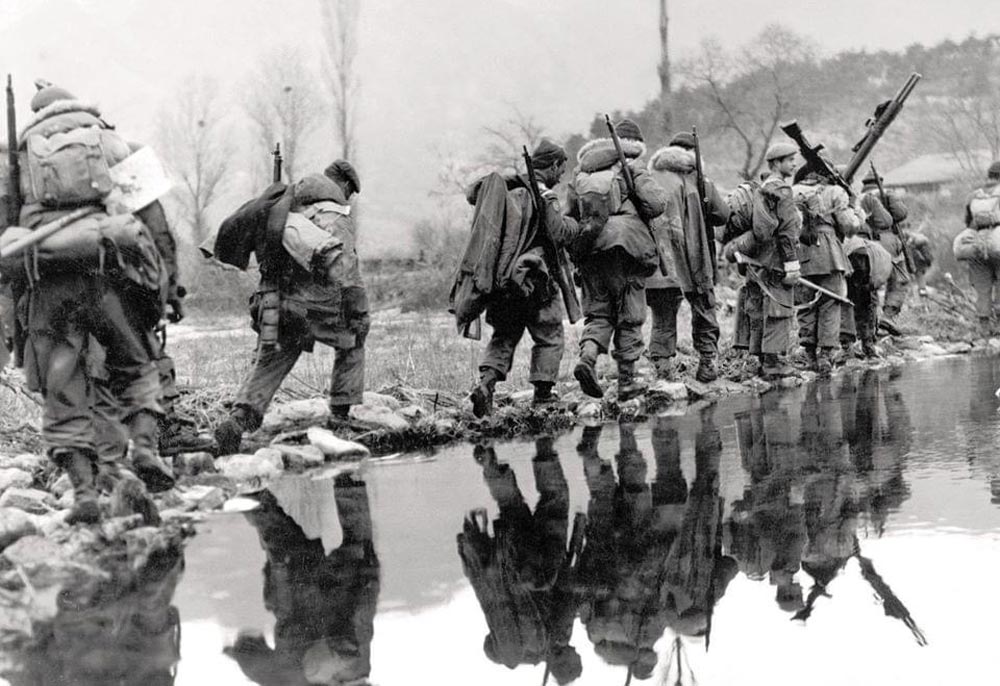

Stag Special
Between 2001 and 2014, more than 40,000 Canadian Armed Forces (CAF) members were deployed to Afghanistan.
During the war, 158 soldiers were killed during this mission, and thousands more were wounded. And the feedback from the front lines will be very important.
Simon Ouellet, who specializes in personal protection and survivability, acknowledged CFB Valcartier-bsed Defence Research and Development Canada, has been working on feedback since the beginning of the conflict, in order to create a database of soldiers injured and killed in combat. This was done in order to have a complete picture on the dangers encountered by the CAF on the ground.
Damaged ballistic equipment, including helmets and vests, was brought back from Afghanistan to be studied in detail, allowing us to learn more about where to improve soldier protection.
“During the conflict, we made adjustments, including protective extensions to the arms and neck,” said Ouellet.
Today, the CAF’s ballistic protection equipment is directly influenced by this research, to better protect Canadian soldiers.
• • •
In an ever-changing world of evolving threats, the ballistic protective equipment used by soldiers in the Canadian Army (CA) plays a central role in the individual’s operational capability and safety.
The Department of National Defence (DND) understands this and is proposing an ongoing modernization of the CA soldier’s personal equipment. This includes the CAF’s helmet, flak jacket and hard armour jacket.
Starting in 1997, all Canadian military personnel received the CG634 helmet, replacing the M1 steel helmet, which was of American origin, after tests carried out on several helmets of foreign armies, including the American PAS-GT and the French SPECTRA.
Finally, the CAF went on to produce its own variant of the French helmet. Considered one of the most successful helmets in the early 2000s, the CG634 was finally replaced in a phased manner starting in 2016.
In 2015, Morgan Advanced Materials won the FAC contract to supply a new helmet: the CM735, strongly inspired by its predecessor, was finally produced by NP Aerospace — the company’s new name.
There are two man changes: the use of the latest generation of ballistic and fragmented composite technology, which reduces the deformation of the helmet shell when hit by fragments, and a significant weight savings. The new design is -23 per cent compared to the CG634, for a total of 920 grams.
Easier to wear, this new helmet, which started appearing in units in 2016, allowed for an increase in performance thanks to a reduction in soldier fatigue.
It has the main features of the CG634 — three-point chinstrap, with a zippered flip for size adjustment, without have to remove the helmet; with a night vision system (glasses) which can be mounted on the peak, using a metal bracket.
For body protection, Canadian soldiers are equipped with two vests, which are semi-independent but complementary. The first is a fragmentary vest, also known as a flak jacket. However, the main protection remain the rigid vest, into which armour plates are inserted.
The technology, which is constantly evolving, allows a wide range of choices: there are different levels of protection, and therefore of weight, which are chosen by the units according to the theatre of operation and the expected threat.
The greater the threat, the greater the protection and the heavier the jacket.
Ouellet acknowledged many characteristics come into play when choosing ballistic protection — “the calibre and weight of the ammunition, but also the material of the projectile’s core,” recalling that between a conventional bullet and an armour-piercing bullet, the protection will not be the same.
In the latter case, the use of a larger ceramic plate, which will “break the hard core” of the ammunition, will be used.
But Ouellet insists on the idea of a compromise to be respected, between weight and protection: if the thickness of the ceramic plate is increased “we increase the weight,” and therefore the physical effort of the soldier.
In the context of an operation where the threat of armour-piercing bullets does not exist, the use of over-armouring does not exist, the use of over-armouring does not seem necessary because “the ballistic plate alone can stop” the ammunition.
The ballistic protection of the Canadian soldier’s vest is based on a combination of two materials: a rigid composite plate with a high elastic modulus and a tensile strength which absorbs the energy of the enemy projectile, coupled with an evolving ceramic plate, which can be made larger as needed.
To understand the possibilities offered by this technology, the Canadian Special Forces, including Joint Task Force 2, has four choices of plates for protective vests.
